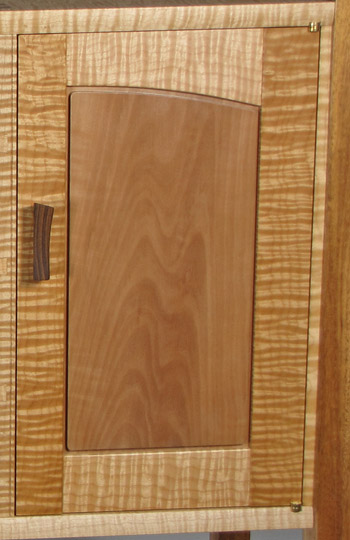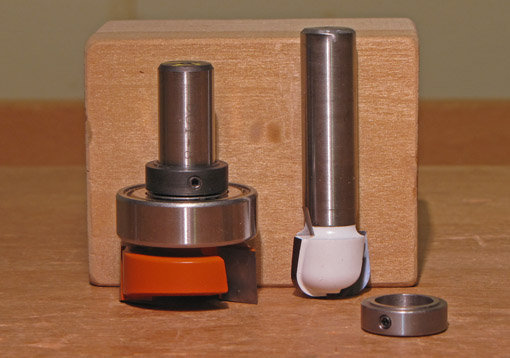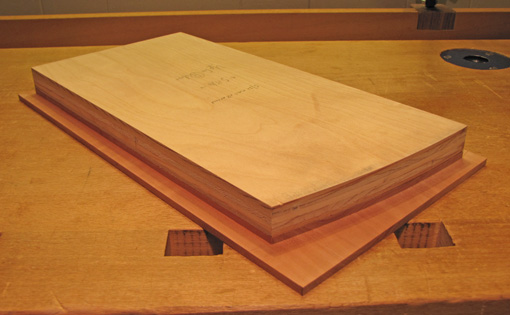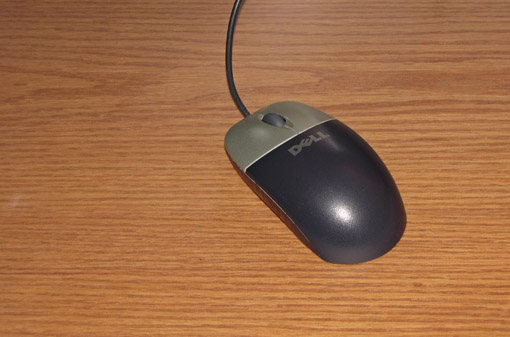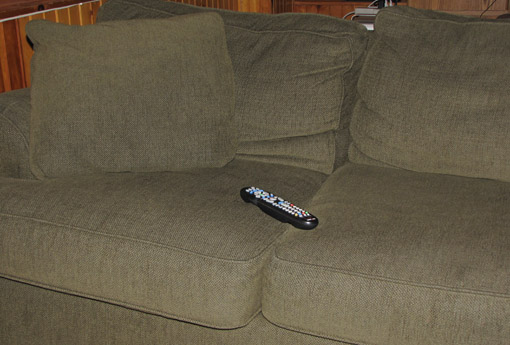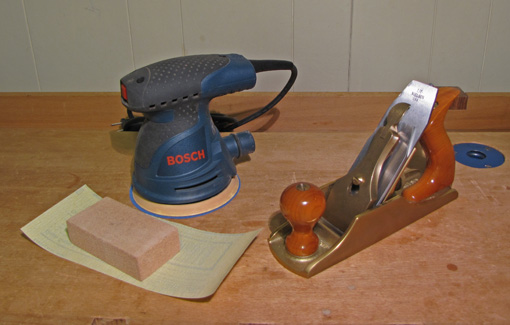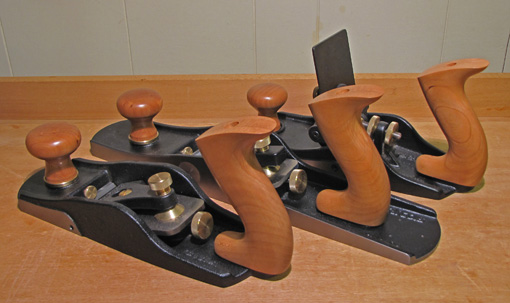
When I design a piece, thoughts of the wood come early in the process. Sometimes, the inspiration from very special wood creates the energy to initiate a project. The form and the wood work hand-in-hand as nature’s gift of wood animates the design.
Yet nature can be cruel. Over the years, despite my continuous effort to learn more about and experience more wood, I have run into disappointments. Sure, I am careful picking boards at the local yard or consulting on purchases from afar, but sometimes the eye, judgement, or just plain luck fails in the quest for wood. It is wood, after all, and we have to take the good with the bad. Here is some of the bad.
The top photo shows compression failures in an otherwise great slab of figured redwood. These are thin, irregular fatal compromises in the cell structure of the wood across the grain. They lurk invisibly on the rough-sawn surface only to reveal themselves after planing. They may occur when the tree is felled or from severe weather stress. I have also seen them in bubinga and mahogany, both large trees.
Below is a close-up photo of another compression failure in the same board, showing a characteristic wrinkly cross-grain split.
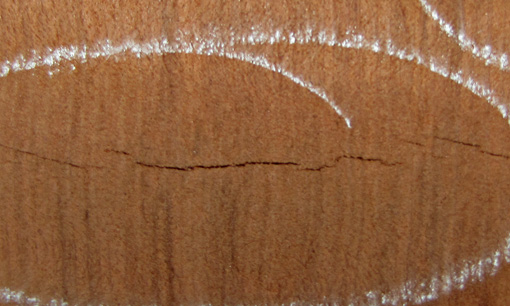

Notice the raised left side of the 5/4 cherry, above. It is easy for twist to go unnoticed in the commotion of the lumber yard. The full width of this board would probably be less than 3/4″ thick after dressing because the twist must be removed from both faces. To retain more thickness, this piece can be ripped into narrower sections – safely on the bandsaw not the table saw.
Similarly, thickness can disappear in surprising amounts when flattening a long bowed board or a wide cupped board. More commonly than any other problem, failure to retain the desired thickness, width, and length while removing distortion has destroyed my plans for wood parts.
A distortion that I stay away from is crook, which is fortunately easy to see – the board looks like a level road with a curve. Crook is a tip-off to the presence of reaction wood which is produced by tree trunks that lean. The pith is typically decentered which makes the widths of the growth rings markedly different on each side of a flatsawn board. These boards can unpredictably shrink along the grain and distort oddly. They are incorrigible miscreants that belong in wood hell, also known as the fireplace. Severely twisted boards should also be rejected because they certainly harbor some weirdness, with which you do not want to deal, that made them twist in the first place.
Sometimes, the wood and the woodworker just don’t get along. With great anticipation, I once started working with some beautiful curly makore. Within hours my nose and throat were scratchy and I felt strangely unsettled. Assuming that I was allergic or otherwise sensitive to this species, I decided to avoid unnecessary risk and get this wood out of the shop.
I’m afraid there’s more disappointments coming up in the next post.

